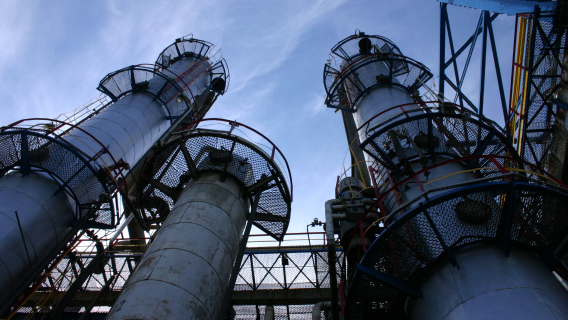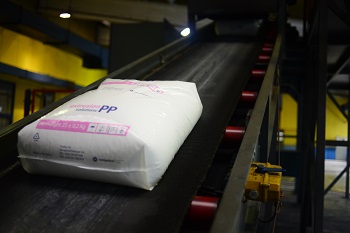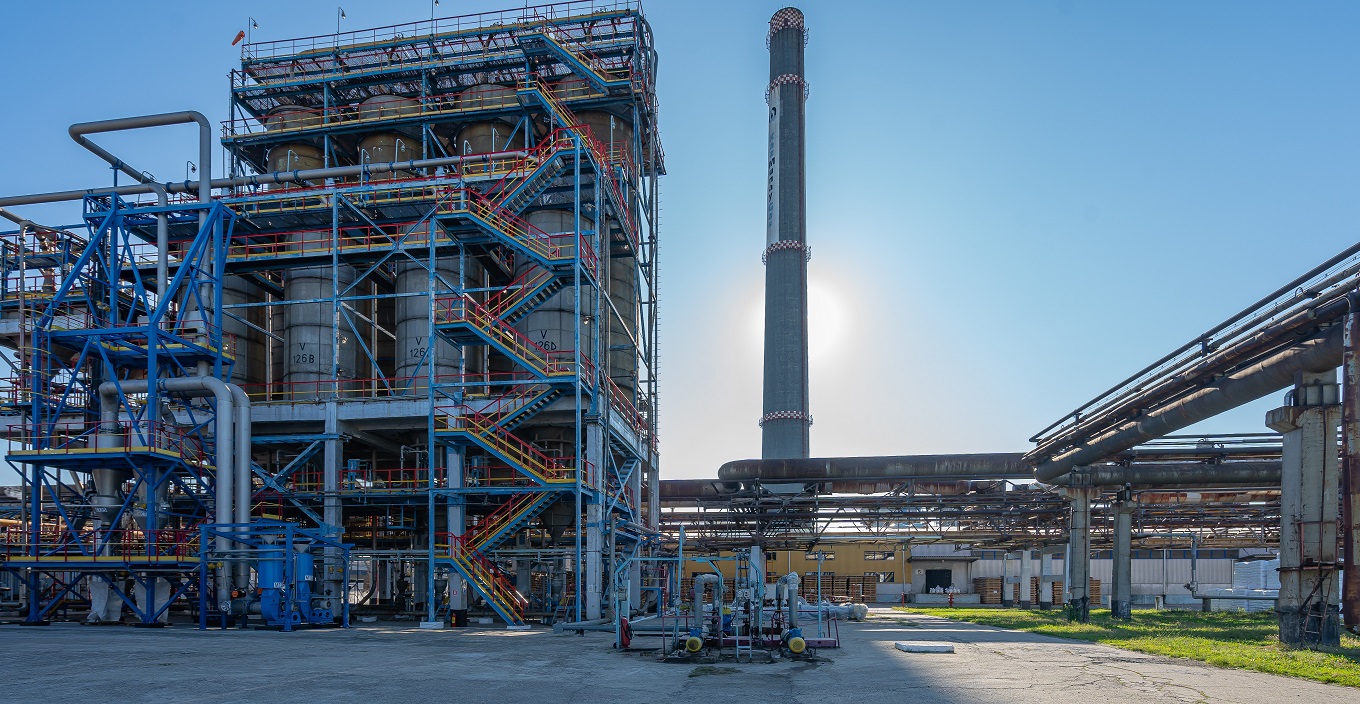Petrochemical Division
We contribute to the diversity of Romanian industry
We are the sole producer of polymers in Romania, and meet more than half of the domestic consumption of petrochemicals.
Petrochemistry has seen a spectacular recovery over the last years, and helped survive the refining industry, threatened by the oil price fall.
Petrochemical Division’s Development Strategy
The polyolefins (polypropylene and polyethylene) manufactured within the Petromidia platform are used in agriculture, food industry, consumer goods, personal hygiene, electronics, electrotechnics, automotive, clothing and construction industries.
Integration with Petromidia Refinery
which supplied the entire
quantity of polypropylene
Investments
in retrofitting
of the plants
Diversification of product ranges
to support
the latest applications
Raw material for medical equipment
Rompetrol petrochemical division has developed a special type of polypropylene dedicated to protective medical masks. It is used for the middle layer of the mask, the most important layer for filtering and protecting against pathogens.
The new type - RMB30H will be delivered in granules in bags of 25 kilograms and will be used in “meltblown” units - a conventional method of manufacturing micro and nanofibers.
Rompetrol produces and provides all the necessary types of products for obtaining type FPP1 and FPP2 sanitary and surgical masks and medical accessories. The RSB25 (industrial applications), RSB35H and RSB40H (medical and personal hygiene applications) types are dedicated to obtaining nonwoven material for the outer layers of the protective masks, and RMB30H to obtaining nonwoven material for the inner/filtering layer of the masks.
Find out more details by reading our press release here.

Units of the Petrochemical Division
PP plant
polypropylene plant
LDPE plant
low-density polyethylene
HDPE plant:
high-density polyethylene
220,000 tons/year
Aggregated capacity
The only marine terminal
for ethylene discharge at the Black Sea
Cryogenic tank
storage capacity of 10,000 tons
Figures that matter
Results H1 2025
In the first half of 2025, total polymer production in the petrochemicals segment was 40 thousand tons, an increase compared to the same period last year, due to the restart of the Low-Density Polyethylene (LDPE) unit in the second quarter of 2025, as well as the full-capacity operation of the Polypropylene (PP) unit.
The polymer production from Romania’s only petrochemical division was directed 58% to the domestic market to fulfill deliveries to partners in related industries, thus supporting several production sectors within the country.
The petrochemicals segment is the sole producer of polypropylene and polyethylene in Romania, with the potential to regain its competitive position in the domestic and regional markets once the specialized market stabilizes.
Read more about the financial and operational results in H1 2025
Results 2024
In 2024, the Petrochemicals Division processed 83 thousand tons of propylene and total polymer production was about 60 thousand tons.
The decline in the petrochemical segment was mainly influenced by the fact that the Low-Density Polyethylene (LDPE) plant remained shut down throughout the year as a result of unfavorable petrochemical market conditions and a planned turnaround period.
Read more about the financial and operational results in 2024
16.3%
polypropylene production
represented by special sorts
60.456 thousand tons
Total polymers production
– only the PP unit was operational
60.5 thousand tons
Production of
polypropylene (PP)
2.61% wt
Technological loss
26.25 GJ/t
Energy index
2024
Role of the Petrochemical Division in the local industry

Developments in the petrochemical business of Petromidia







